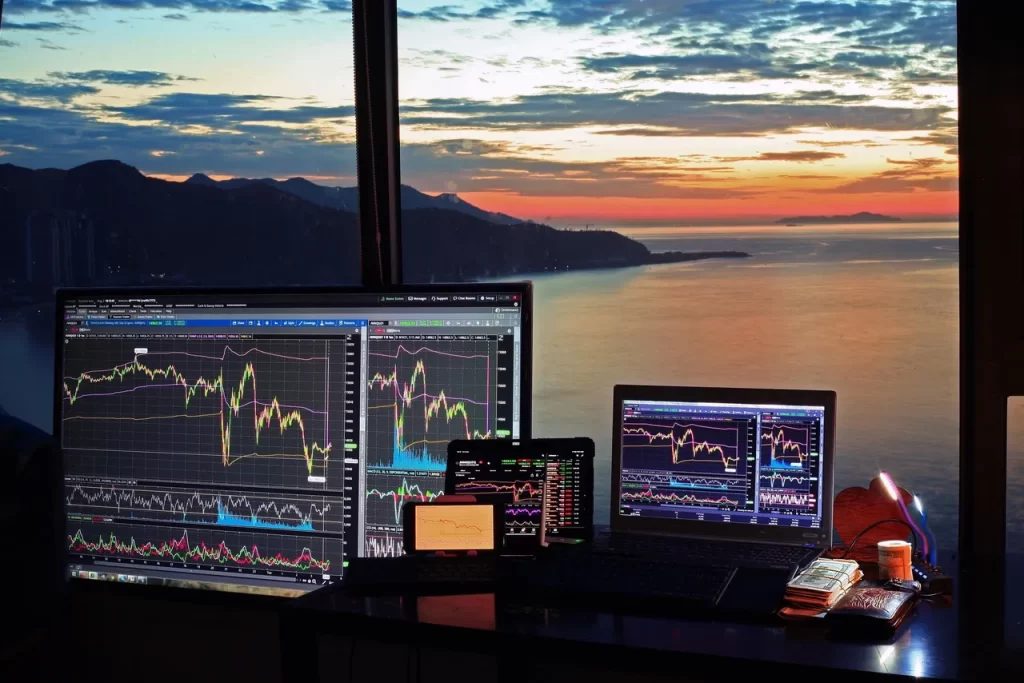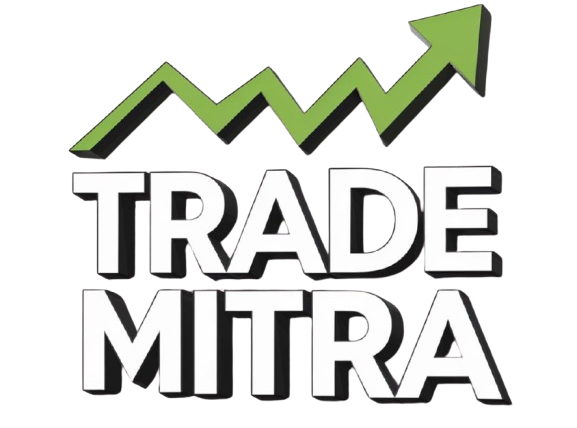
Short-term and long-term trading are two distinct investment strategies that differ primarily in the time horizon for holding assets. Here’s a breakdown of each:
Short-Term Trading
Definition
- Short-term trading involves buying and selling securities within a short period, often within days, weeks, or a few months.
Characteristics
- Objective: Capitalize on small price movements.
- Frequency: High trading frequency; traders may execute multiple trades daily (day trading) or weekly (swing trading).
- Analysis: Focuses on technical analysis, chart patterns, and market trends.
- Risk: Generally higher risk due to market volatility and rapid price changes.
- Liquidity: Traders often seek highly liquid assets to enter and exit positions quickly.
Strategies
- Day Trading: Buying and selling securities within the same trading day.
- Swing Trading: Holding positions for several days to take advantage of expected upward or downward market shifts
Long-Term Trading
Definition
- Long-term trading, or investing, involves holding securities for an extended period, typically years or even decades.
Characteristics
- Objective: Benefit from the overall growth of the investment and the compounding effect over time.
- Frequency: Low trading frequency; investors make fewer transactions, focusing on long-term growth.
- Analysis: Primarily relies on fundamental analysis, assessing a company's financial health, industry position, and growth potential.
- Risk: Generally lower risk over time, as long-term investments can ride out market volatility.
- Investment Horizon: Investors often hold onto assets through market fluctuations, focusing on long-term goals.
Strategies
- Buy and Hold: Purchasing stocks or assets and holding them for many years, regardless of market fluctuations.
- Value Investing: Seeking undervalued stocks and holding them until the market recognizes their true value.
Share on facebook
Share on twitter
Share on whatsapp
